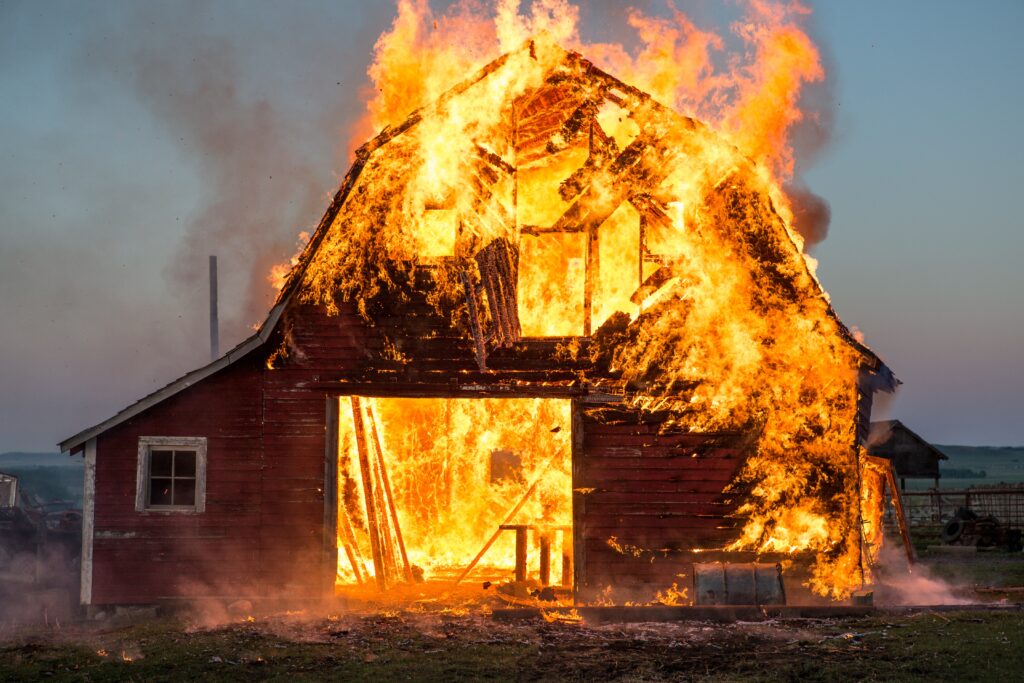Experiencing a fire can be a traumatic event that can cause significant mental and emotional distress. Filing a fire claim can be an even more stressful and challenging process. It involves several steps, and it’s important to follow the process carefully to ensure that you receive the appropriate compensation for the losses.
These are seven things you must do at the time of a fire claim. Here is a more detailed explanation of each step:
1) Inform Local Authorities –
Notify the police and fire department about the fire. This will ensure that they can respond quickly and take any necessary actions to protect the property and surrounding area.
2) Make Emergency Repairs
If it is safe to do so, make emergency repairs to your property to prevent further damage. This might include shifting of your stock or covering a damaged roof.
3) Gather Evidence Of Loss
Take photographs and/or videos of the damaged property and any items that have been destroyed or damaged in the fire. Make a detailed list of all damaged items.
4) Inform Your Insurer
Contact your insurance company as soon as possible after the fire. Provide them with your policy details, the date and time of the fire, and any other relevant information.
5) Wait For The Surveyor
Your insurance company may send a surveyor to assess the damage to your property. Don’t start the clean-up process, be patient and wait for them to arrive. Cooperate with the surveyor and provide them with access to your property and allow them to verify the damaged items.
6) Assess The Approximate Loss
Once the surveyor has completed their assessment, you need to prepare an estimate cost of repair or replacement for your damaged property. Review the estimate carefully and prepare a list.
7) Submit Your Paperwork
Fill out any necessary forms or paperwork that your insurance company requires to process your claim. Make sure to submit all documentation and evidence of your losses promptly.
Remember, the specific steps you need to take may vary depending on your insurance policy and the extent of the damage. It’s always a good idea to consult with your insurance advisor for guidance on how to



Perfect. Helps people understand actions to be taken.
I am extremely inspired together with your writing skills as neatly as with the layout on your blog. Is this a paid topic or did you customize it your self? Either way stay up the nice high quality writing, it is uncommon to look a nice blog like this one these days. !